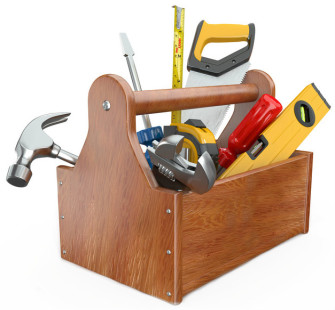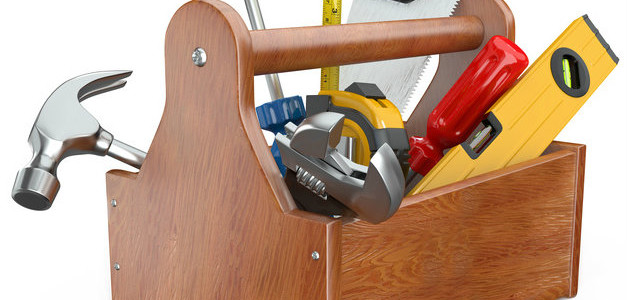Tax Bill Help through Home Improvement
 There are some special tax benefits homeowners get for owning a home. Homeowners can deduct their mortgage interest, points they paid as part of the financing process and interest on any home improvement loans they take out — loans that are then used to make capital improvements or those that increase the value of a home. The cost of any actual improvement cannot be deducted from your taxes. But it can have a tax benefit.
There are some special tax benefits homeowners get for owning a home. Homeowners can deduct their mortgage interest, points they paid as part of the financing process and interest on any home improvement loans they take out — loans that are then used to make capital improvements or those that increase the value of a home. The cost of any actual improvement cannot be deducted from your taxes. But it can have a tax benefit.
Repair vs. Improvement
First, let’s be clear what we are talking about. Improvements add value to the home, prolong the life of the home considerably or adapt it to new uses. This is how the Internal Revenue Service defines an improvement. This is as opposed to a repair. A repair is something that simply keeps your home properly maintained. So while painting your home or fixing leaks count as repairs, putting on an addition or installing a new roof are improvements. Other examples of improvements include finishing a basement, paving your driveway or installing new plumbing or wiring.
Add to the Tax Basis
The cost of home improvements can add to the value of your home. The tax basis of any asset is usually the cost. But when you buy a house, this includes the improvements you make in addition to the initial price you paid. The actual cost of home improvements, including for materials and labor done by others than yourself, is added to your basis. By adding value to your home, the improvements may reduce the tax you owe if you sell your home for a profit. This is because they reduce how much you are making on the sale. You don’t simply subtract the price you paid for the house from the amount you are getting for selling the house. You add the cost of the improvements to the price you paid for the house and subtract this new basis from the price you are getting for selling the house. Tax laws generally allow a single person to profit up to $250,000 on the sale of a primary residence without adding it to their tax filing as income. The amount is up to $500,000 if you are married and file a joint tax return.
Depreciate the Costs
You can also depreciate home-improvement costs, or deduct the cost over several years, if you use a portion of your home for something other than as a personal residence. This would mean if you rent out a room in your home or work out of a home office. The IRS has specific criteria for what constitutes a home office. You must have a legitimate business and you must regularly use that part of the home exclusively for conducting business. You also must be able to prove that your home is the principal place of your business. This all applies mostly to the self-employed. If you work from home for an employer, it must be for the convenience of your employer and you must not charge your employer rent for the use of the space in your home.
If you do qualify, you can deduct the cost of any improvements you make to that part of your home. If you make a home improvement, you can deduct whatever portion of that cost is attributed to the home office. So if you use 30 percent of your home as your office, you can depreciate 30 percent of the cost for the improvement, such as a new central air conditioning system. The other way to depreciate home-improvement costs is by renting out part of your home. Therefore, part of the improvement costs are considered a rental expense. As with the home-office deduction, you can depreciate the improvement cost according to the percentage of your home that is used as a rental.
The Exception
There is a situation when a home improvement may have an immediate tax benefit. A portion of some energy-saving home improvements can count toward tax credits. A tax credit, as opposed to a deduction, is subtracted directly from the amount you owe the IRS.
– From MSN Real Estate

